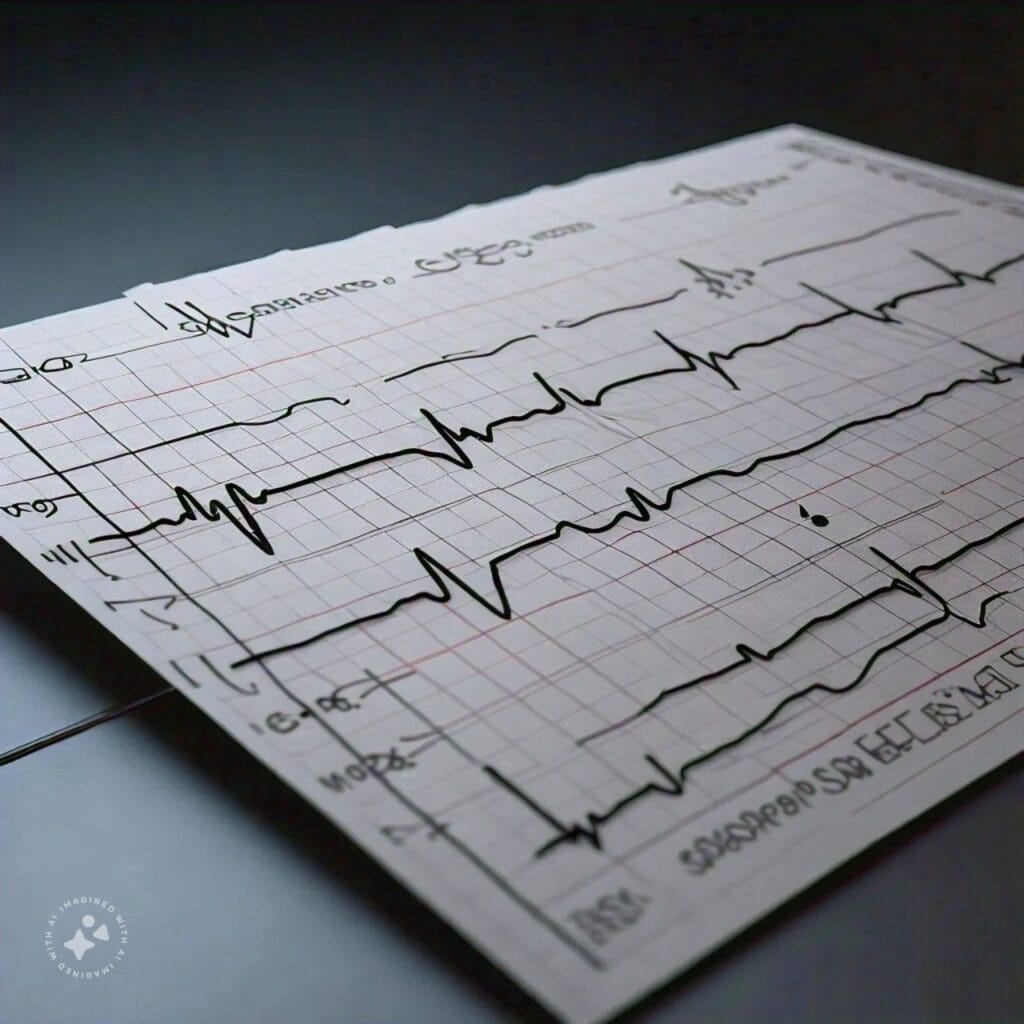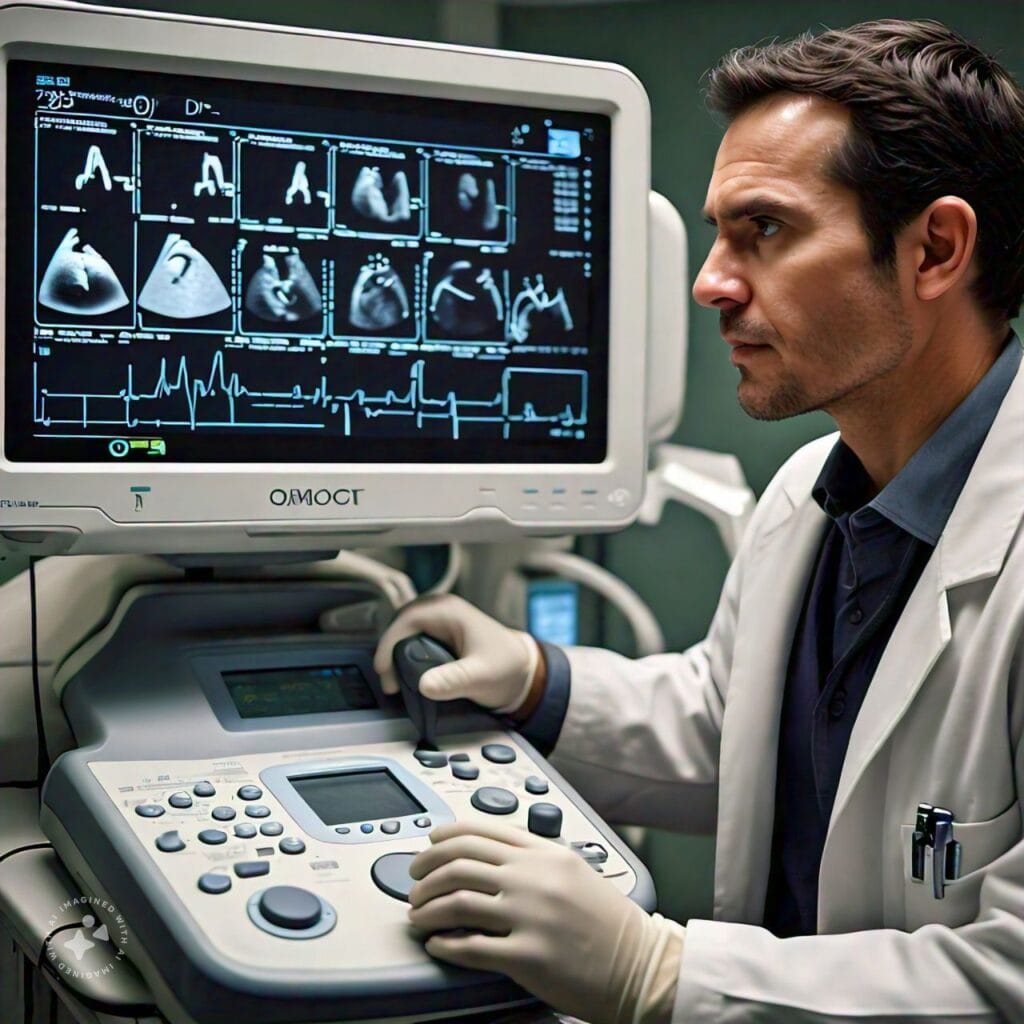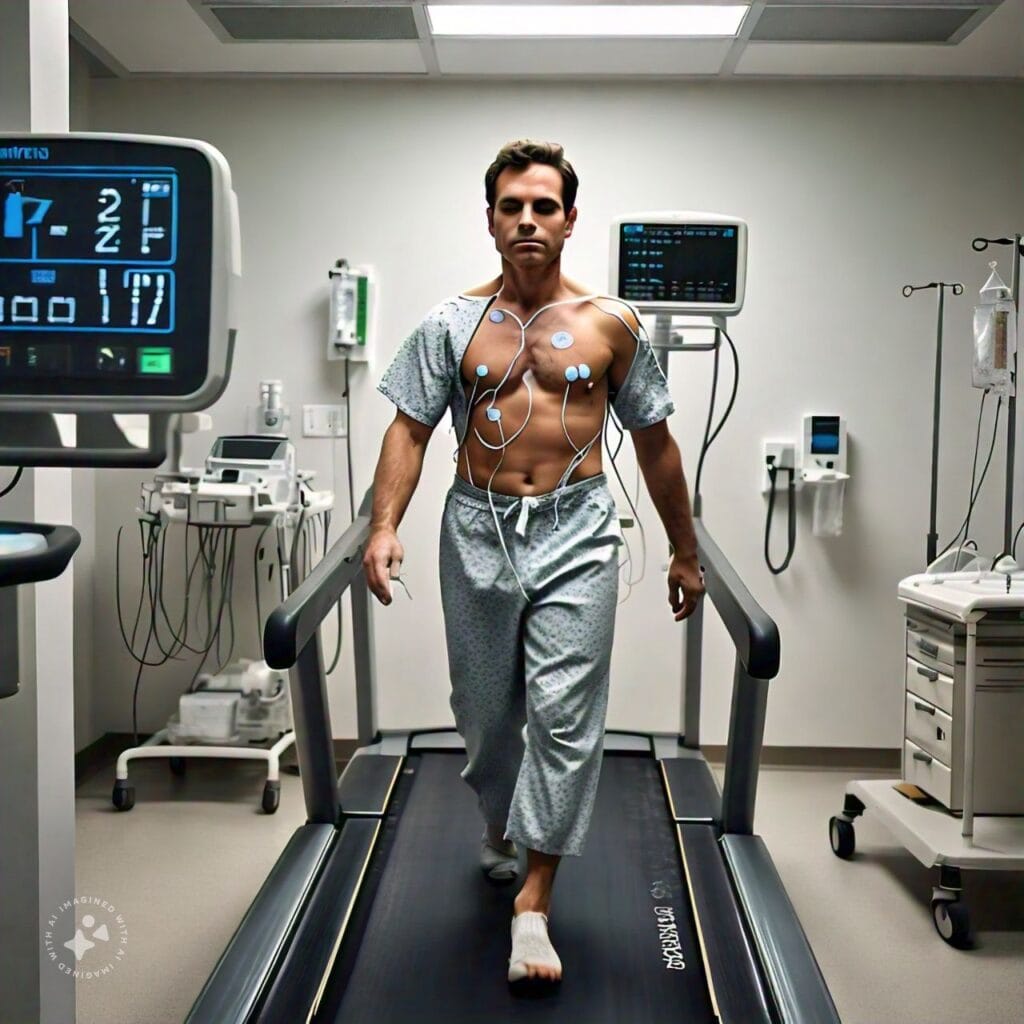Coronary Artery Disease How To Diagnose ? Article helps to understand about seriousness of Coronary artery disease (CAD) because is a leading cause of morbidity and mortality around the worldwide, characterized by the narrowing or blockage of the coronary arteries due to atherosclerosis. This condition can lead to serious cardiovascular events, including as heart attacks and heart failure. Given its prevalence and potential consequences, for understanding the investigations and early diagnosis of CAD, is crucial for timely intervention and management.
Understanding Coronary Artery Disease
CAD (Coronary Artery Disease)occurs when the coronary arteries that supply blood to the heart muscle become narrowed or blocked due to the buildup of plaque—a mixture of fat, cholesterol, and other substances. Over time, this can restrict blood flow and leading to ischemia (lack of oxygen) and potentially resulting in heart damage.
Risk Factors
Several factors are contribute to the development of CAD, including:
- Non-Modifiable Risk Factors:
- Age: Risk increases with age.
- Gender: Males are at higher risk earlier in life, though the risk for females increases after menopause.
- Family history: A family history of heart disease can increase individual risk.
- Modifiable Risk Factors:
- High blood pressure
- High cholesterol levels
- Smoking
- Diabetes
- Obesity
- Sedentary lifestyle
- Unhealthy diet
Recognizing these risk factors can help in developing preventive strategies.
Importance of Early Diagnosis
Early diagnosis of CAD is vital for several reasons:
- Timely Treatment: Identifying CAD early allows for lifestyle changes and medications that can slow disease progression or prevent complications.
- Risk Reduction: Early interventions can significantly reduce the risk of heart attacks, strokes, and other cardiovascular diseases.
- Improved Quality of Life: When Patients diagnosed early that can maintain better health and activity levels, will enhancing their overall quality of life.
- Cost-Effectiveness: Early detection and management can lower healthcare costs by preventing severe disease complications too.
Investigations for Coronary Artery Disease
The diagnosis of CAD involves a combination of patient history, physical examination, and various investigative tests, which can be classified as non-invasive and invasive.
Non-Invasive Tests
1. Electrocardiogram (ECG or EKG)
An ECG is a simple test that measures the heart’s electrical activity. It can reveal abnormalities in heart rhythm, signs of previous heart attacks, and areas of the heart that may not be receiving enough blood.
- Types of ECG:
- Resting ECG: Conducted while the patient is at rest.
- Stress ECG: Performed during physical exercise or with medications that increase heart workload.

2. Echocardiogram
An echocardiogram uses sound waves to create real-time images of the heart’s structure and function. It can assess:
- Heart chamber sizes
- Wall motion abnormalities
- Valve function
This test is particularly useful for detecting areas of the heart that are not receiving adequate blood supply.

3. Stress Testing
Stress tests assess how the heart functions under physical exertion. They can reveal the presence of CAD by monitoring changes in heart rate, rhythm, and blood pressure during exercise.
- Types of Stress Tests:
- Treadmill Test: Patients walk on a treadmill to increase their heart rate.
- Pharmacological Stress Test: Medications are administered to mimic the effects of exercise in patients who cannot physically exert themselves.

4. Coronary Computed Tomography Angiography (CTA)
CTA is a non-invasive imaging test that uses X-rays to visualize the coronary arteries. It can identify blockages and measure the degree of narrowing. CTA is particularly beneficial for patients with a low to moderate risk of CAD, as it can provide detailed images without requiring invasive procedures.
5. Cardiac Magnetic Resonance Imaging (MRI)
Cardiac MRI provides high-resolution images of the heart and is useful for evaluating heart muscle damage, assessing cardiac function, and identifying areas of ischemia. This test is especially beneficial for patients with complex heart conditions.
Invasive Tests
1. Coronary Angiography
Coronary angiography is an invasive procedure that uses contrast dye and X-ray imaging to visualize blood flow in the coronary arteries. It is often performed during catheterization and allows healthcare providers to identify blockages and assess their severity.
- Percutaneous Coronary Intervention (PCI): During angiography, if significant blockages are found, PCI may be performed to open the arteries using balloon angioplasty or stenting.
2. Intravascular Ultrasound (IVUS)
IVUS is an advanced imaging technique that involves inserting a tiny ultrasound probe into the coronary arteries. It provides detailed images of the arterial walls, allowing for a precise assessment of plaque buildup and vessel characteristics.
3. Fractional Flow Reserve (FFR)
FFR is a technique used during coronary angiography to measure pressure differences across a coronary artery lesion. This helps determine the functional significance of blockages and guides treatment decisions.
Risk Stratification
Risk stratification is essential in diagnosing CAD and determining the need for further investigation. Healthcare providers often use scoring systems, such as the Framingham Risk Score or the ASCVD Risk Calculator, which assess:
- Age
- Gender
- Cholesterol levels
- Blood pressure
- Smoking status
- Diabetes status
These tools help identify individuals at higher risk for CAD, guiding appropriate screening and management strategies.
Lifestyle Modifications
Regardless of test outcomes, lifestyle changes play a crucial role in managing CAD and improving heart health. Patients are often encouraged to adopt the following habits:
- Heart-Healthy Diet: Emphasize fruits, vegetables, whole grains, lean proteins, and healthy fats. The Mediterranean diet, rich in omega-3 fatty acids, is particularly beneficial.
- Regular Exercise: Aim for at least 150 minutes of moderate aerobic activity each week. Exercise can help lower blood pressure, improve cholesterol levels, and maintain a healthy weight.
- Smoking Cessation: Quitting smoking is one of the most effective ways to reduce CAD risk. Support through counseling and medications can aid in cessation efforts.
- Stress Management: Techniques such as yoga, meditation, and deep-breathing exercises can help manage stress and improve overall well-being.
- Regular Health Check-ups: Regular monitoring of blood pressure, cholesterol levels, and blood sugar can help manage risk factors effectively.
Conclusion
Coronary artery disease is a complex and widespread condition that requires timely investigation and diagnosis to prevent serious complications. With a range of non-invasive and invasive diagnostic tools available, healthcare providers can effectively identify CAD and implement appropriate treatment strategies.
Early diagnosis through comprehensive testing not only facilitates timely intervention but also empowers patients to make informed lifestyle choices that can significantly improve their heart health and quality of life. Awareness of the signs and symptoms of CAD, along with regular health check-ups, can lead to better outcomes for individuals at risk.
References
- American Heart Association – Coronary Artery Disease
- National Heart, Lung, and Blood Institute – Coronary Artery Disease
- Mayo Clinic – Coronary Artery Disease
- Cleveland Clinic – Coronary Artery Disease Diagnosis
- NHS – Coronary Heart Disease
FAQs
Coronary Artery Disease How To Diagnose ?
- How is coronary artery disease diagnosed?
- Common early signs include chest pain, shortness of breath, fatigue, and sometimes nausea. Symptoms may be less typical in women.
- How is coronary artery disease diagnosed?
- Diagnosis typically involves a combination of patient history, physical exams, and tests such as ECG, stress tests, and angiography.
- Who is at risk for coronary artery disease?
- Risk factors include high cholesterol, high blood pressure, smoking, diabetes, obesity, and a family history of heart disease.
- Can coronary artery disease be reversed?
- While it cannot be entirely reversed, lifestyle changes and medications can significantly improve heart health and slow disease progression.
- What lifestyle changes can help prevent coronary artery disease?
- Eating a heart-healthy diet, exercising regularly, quitting smoking, and managing stress can all help reduce the risk of CAD.
- How often should I get screened for coronary artery disease?
- Screening frequency depends on individual risk factors. Consult your healthcare provider for personalized recommendations.
- What tests are used to diagnose coronary artery disease?
- Common tests include ECG, stress testing, echocardiograms, and coronary angiography.
- What treatments are available for coronary artery disease?
- Treatments may include lifestyle changes, medications, and procedures like angioplasty or bypass surgery, depending on the severity of the disease.
Early diagnosis and proactive management of coronary artery disease are essential for enhancing heart health and reducing the risk of severe complications. If you or someone you know is experiencing symptoms, consult a healthcare professional promptly.
